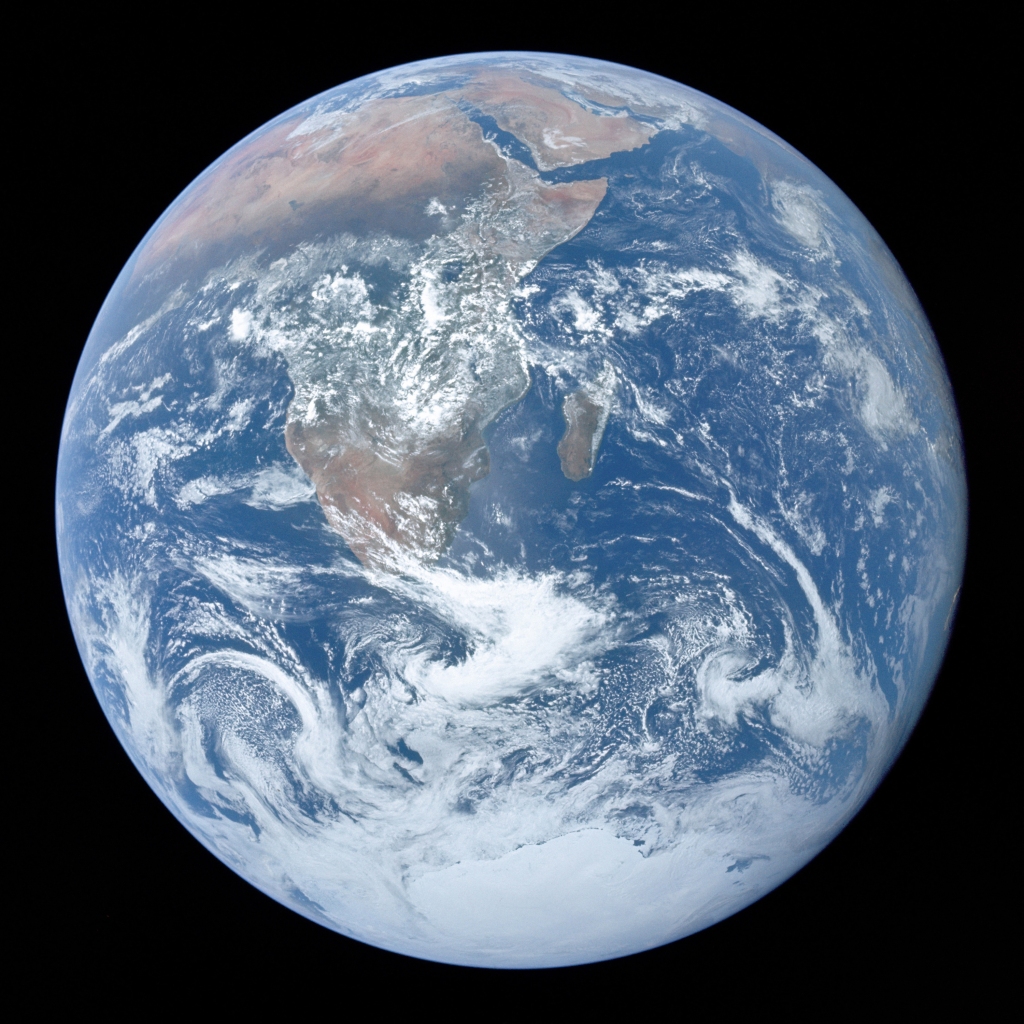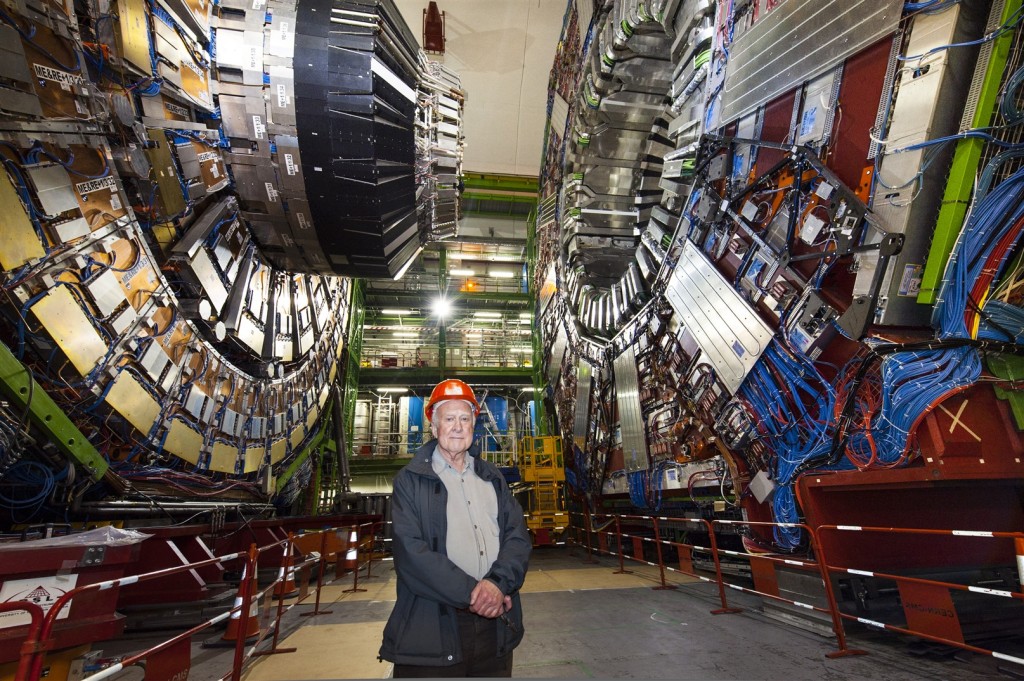
Part 2 of my review of the book: “The Big Picture: On the Origins of Life, Meaning and the Universe Itself,” by Sean M. Carroll. Part 1 is found here.
Introduction
In the Prologue the author writes:
“We have two goals ahead of us. One is to explain the story of our universe and why we think it’s true, the big picture as we currently understand it. It’s a fantastic conception. We humans are blobs of organised mud, which through the impersonal workings of nature’s patterns have developed the capacity to contemplate and cherish and engage with the intimidating complexity of the world around us. To understand ourselves, we have to understand the stuff out of which we are made, which means we have to dig deeply into the realm of particles and forces and quantum phenomena, not to mention the spectacular variety of ways that those microscopic pieces can come together to form organized systems capable of feeling and thought.
The other goal is to offer a bit of existential therapy. … By the old way of thinking, human life couldn’t possibly be meaningful if we are ‘just’ collections of atoms moving around in accordance with the laws of physics. That’s exactly what we are, but it’s not the only way of thinking about what we are. We are collections of atoms, operating independently of any immaterial spirits or influences, and we are thinking and feeling people who bring meaning into existence by the way we live our lives.” (p.3)
The latter he must say because later he says that the material world is all there is. He argues that there is no such thing as a spirit or a soul that is not part of our material body. When we die that is it, there is nothing beyond life.
Carroll is a student of many philosophers, mostly atheists, or who are at least those who challenge a conservative Christian worldview of life. For example he mentions, Descartes, Nietzsche, Laplace, Hume, Leibniz, Spinoza, Lewis (not C.S.), Russell, Wittgenstein, Kierkegaard and others. But it would seem that the author relies more strongly on the so-called Enlightenment philosophy of the atheist Scotsman David Hume.
His claim is that the Core Theory—the standard quantum field theory of particle physics—is the correct theory to describe everything in the realm of human existence.
“…we have extremely good reason to think that the Core Theory is the correct description of nature in its domain of applicability. That domain is wide enough to immediately exclude a number of provocative phenomena: from telekinesis and astrology to survival of the soul after death.” (p.4)
The existence of the soul is lumped in with pseudo-sciences such as astrology and telekinesis. That seems to show his ignorance for what real biblical Christians actually believe. It is disingenuous, in my view, to lump the survival of the soul after death in with various parapsychological beliefs, which would be condemned by God.
He is a believer in materialism at its very core, and as such promotes naturalism, in a form he calls poetic naturalism, as developed by David Hume. In that, apparently, we can find a meaning for life.
“Purpose and meaning of life arise through fundamentally human acts of creation, rather than being derived from anything outside our selves” (p.11).
He clearly states his religion, which he attempts to justify in the book.
“In the right circumstances, matter self-organizes into configurations, capable of capturing and using information from their environments. The culmination of this process is life itself.” (pp. 4-5)
“At a fundamental level, there aren’t separate ‘living things’ and ‘nonliving things,’ ‘things here on Earth’ and ‘things up in the sky,’ ‘matter’ and ‘spirit.’ There is just the basic stuff of reality, appearing to us in many different forms.” (p.12)
The overall thread of his book describes how that mankind has become more and more knowledgeable of how nature operates and, as such, we no longer need to think in terms of anything other than a material world. There is nothing else—nothing else is needed to explain everything we know. There are no gods, no Creator, no spirits, no soul. All is matter and how the laws of physics operate on that matter.
The book is divided into six sections: they are titled Cosmos, Understanding, Essence, Complexity, Thinking, and the last section is Caring.
“Finally, in ‘Caring’ we confront the hardest problem of all, that of how to construct meaning and values in a cosmos without transcendent purpose. … Poetic naturalism (the form he subscribes to) strikes a middle ground, accepting that values are human constructs, but denying that they are therefore illusory or meaningless. … The meaning we find in life is not transcendent, but it’s no less meaningful for that.” (p.5)
He tries to hold the view that there can be found excitement and meaning in life whilst knowing on the other hand that there is no ultimate purpose.
“As we understand the world better, the idea that it has a transcendent purpose seems increasingly untenable.” (p.9)
And says the problem occurs because we have not fully accepted the atheist view of life. That is, that there is no Creator, and all life evolved from pond scum over the past several billion years.
“Over the course of the last two centuries, Darwin has upended our view of life.” (p.10)
“It’s a bit of a leap, in the face of all of our commonsense experience, to think that life can simply start up out of non-life, or that our experience of consciousness needs no more ingredients than atoms obeying the laws of physics. Of equal importance, appeals to transcendent purpose or higher power seem to provide answers to questions to some of the pressing ‘Why?’ questions we humans like to ask: Why this universe? Why am I here? Why anything at all? Naturalism, by contrast, simply says: those aren’t the right questions to ask.” (p.13)
And admits that
“It’s a lot to swallow, and not a view that anyone should accept unquestioningly”. (p.13)
And
“We don’t know how the universe began, of if it’s the only universe. … We don’t know how life began, or how consciousness arose.” (p.13)
If you don’t know how, then probably you don’t know why. So how can Carroll answer the ‘Big Picture’ questions when, within the first 13 pages, he admitted that the naturalists have no idea and instead says that such ‘why?’ questions are invalid?
Click here for Part 3 of this review.
Follow me
- Telegram.org: @GideonHartnett
- Facebook: Gideon Hartnett
- X (Twitter): @gideon195203

To be notified by email put your email address in the box at the bottom of your screen. You’ll get an email each time we publish a new article.

Click this image to make a secure Donation (Stripe) !







4 responses to “The Big Picture: On the Origins of Life, Meaning and the Universe Itself? Part 2”
So the evangelical Christian’s certainty of the “how” is sufficient and complete? Why bother to study anything systematically if the answers are all in black and white already? Are we to infer that you have full understanding, not only of the mechanics of miracles, but of God’s deepest purposes too? The naturalists’ humility seems reasonable by contrast. As is the conclusion that God’s reality is more than able by itself to produce complexity and life, without any need whatsoever for Him to intervene and tinker. Every bit of data points this way, without exception.
LikeLike
The ‘how’ is sufficient and complete. Christians are under no delusion that the origin of life was miraculous. The naturalist on the other hand needs the miracles but without the miracle Maker. So he begs the question. He says: there is no God so somehow life must have arisen by chance. But all evidence points away from that. Every bit of data does not point to a naturalistic origin as you suggest. Observational data is not unbiased. It does not interpret itself. All data must be interpreted within a pre-existing framework (a worldview) to make sense of it. Atheists and naturalists like Carroll have hold to a Godless framework and interpret all data accordingly. No Christians suggest that they understand the mechanics of miracles; that would be ludicrous to say so for, by definition, miracles occur where a suspension of natural law was needed. That includes all supernatural events.
LikeLike
Please give just one example of actual data that suggests a miracle is required to cause any observed phenomenon. Methodological naturalism does NOT preclude God. It only requires that untestable entities like the supernatural do not feature in the model. Some naturalists may be atheists too, but this doesn’t invalidate their scientific approach, nor imply that they’re motivated to annoy the faithful. I doubt they give it much thought.
Time was when the rising and setting of the sun had a magical explanation. This and many other things are part of a naturalistic model that we now take for granted. But because the science of abiogenesis is inconclusive at the moment, some insist on filling the gap with magic. Those who look for a natural mechanism are not thereby “rejecting God”. Again I doubt they think about it much.
LikeLike
The origin of the universe and the origin of life are two examples that need a miracle. But because no naturalist says so does not invalidate the claim. They believe such events occurred without supernatural help. So they must have been preternatural miracles, with no miracle maker. Many naturalists/atheists do give it much thought. Dawkins et al. have stated publicly their goals. Dawkins even goes as far as to say that if you teach children biblical creation it is tantamount to child abuse.
LikeLike